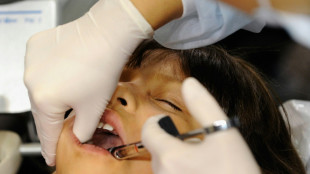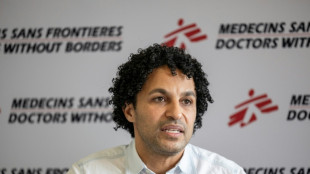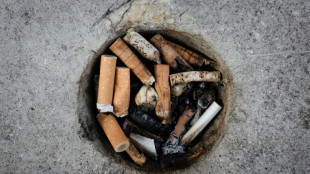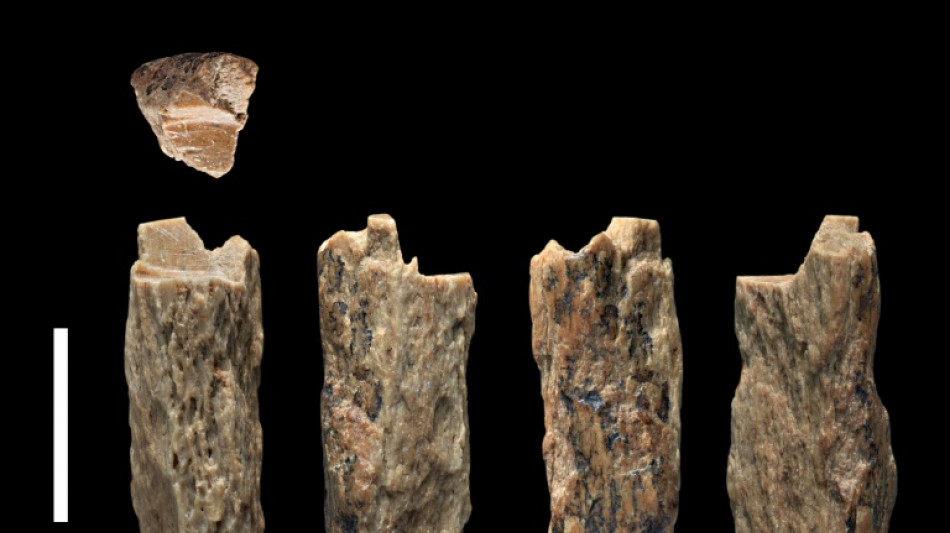
-
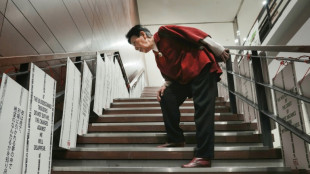 Japan death row inmate's sister still fighting, even after release
Japan death row inmate's sister still fighting, even after release
-
Taylor sparks Colts to Berlin win as Pats streak hits seven

-
 Dreyer, Pellegrino lift San Diego to 4-0 MLS Cup playoff win over Portland
Dreyer, Pellegrino lift San Diego to 4-0 MLS Cup playoff win over Portland
-
Indonesia names late dictator Suharto a national hero
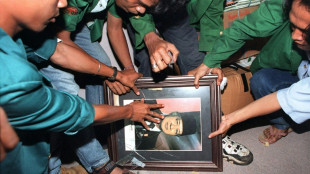
-
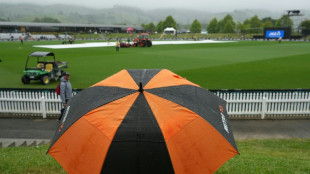 Fourth New Zealand-West Indies T20 washed out
Fourth New Zealand-West Indies T20 washed out
-
Tanzania Maasai fear VW 'greenwashing' carbon credit scheme
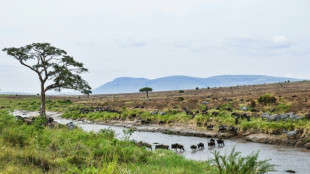
-
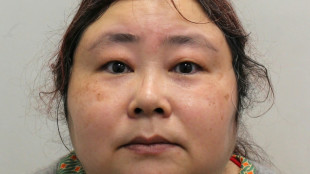 Chinese businesswoman faces jail after huge UK crypto seizure
Chinese businesswoman faces jail after huge UK crypto seizure
-
Markets boosted by hopes for deal to end US shutdown
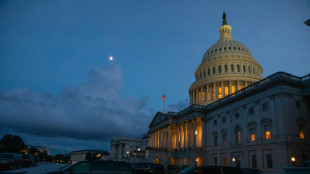
-
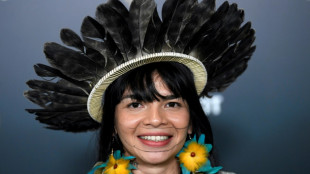 Amazon poised to host toughest climate talks in years
Amazon poised to host toughest climate talks in years
-
Ex-jihadist Syrian president due at White House for landmark talks

-
 Saudi belly dancers break taboos behind closed doors
Saudi belly dancers break taboos behind closed doors
-
The AI revolution has a power problem
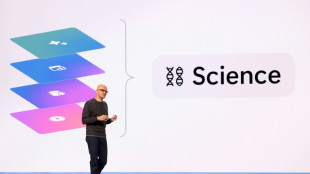
-
 Big lips and botox: In Trump's world, fashion and makeup get political
Big lips and botox: In Trump's world, fashion and makeup get political
-
NBA champion Thunder rally to down Grizzlies
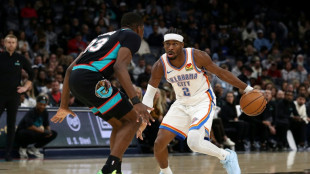
-
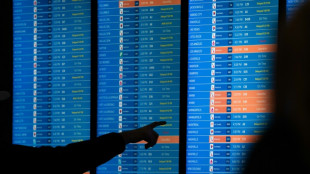 US senators reach deal that could end record shutdown
US senators reach deal that could end record shutdown
-
Weakening Typhoon Fung-wong exits Philippines after displacing 1.4 million

-
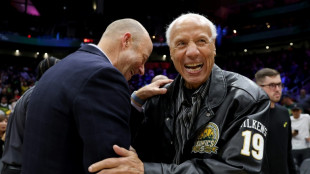 Lenny Wilkens, Basketball Hall of Famer as player and coach, dies
Lenny Wilkens, Basketball Hall of Famer as player and coach, dies
-
Griffin wins PGA Mexico title for third victory of the year
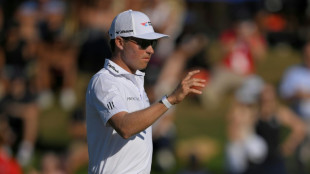
-
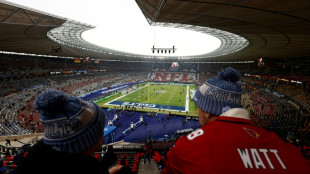 NFL makes successful return to Berlin, 35 years on
NFL makes successful return to Berlin, 35 years on
-
Lewandowski hat-trick helps Barca punish Real Madrid slip

-
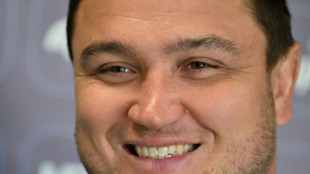 George warns England against being overawed by the All Blacks
George warns England against being overawed by the All Blacks
-
Lewandowski treble helps Barca beat Celta, cut gap on Real Madrid

-
 Neves late show sends PSG top of Ligue 1, Strasbourg down Lille
Neves late show sends PSG top of Ligue 1, Strasbourg down Lille
-
Inter go top of Serie A after Napoli slip-up

-
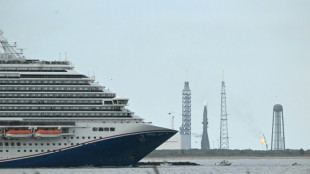 Bezos's Blue Origin postpones rocket launch over weather
Bezos's Blue Origin postpones rocket launch over weather
-
Hamilton upbeat despite 'nightmare' at Ferrari
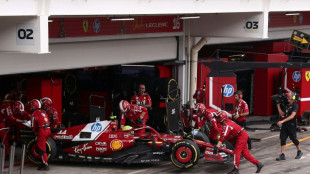
-
 Taylor sparks Colts to Berlin win, Pats win streak hits seven
Taylor sparks Colts to Berlin win, Pats win streak hits seven
-
Alcaraz and Zverev make winning starts at ATP Finals
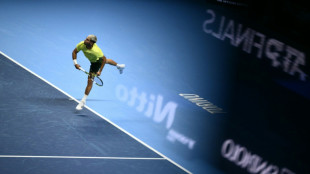
-
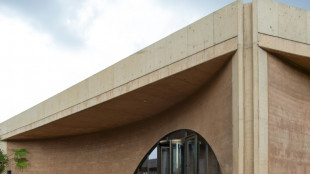 Protests suspend opening of Nigeria heritage museum
Protests suspend opening of Nigeria heritage museum
-
Undav brace sends Stuttgart fourth, Frankfurt win late in Bundesliga

-
 Roma capitalise on Napoli slip-up to claim Serie A lead
Roma capitalise on Napoli slip-up to claim Serie A lead
-
Liverpool up for the fight despite Man City masterclass, says Van Dijk

-
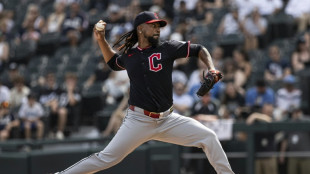 Two MLB pitchers indicted on manipulating bets on pitches
Two MLB pitchers indicted on manipulating bets on pitches
-
Wales rugby captain Morgan set to be sidelined by shoulder injury

-
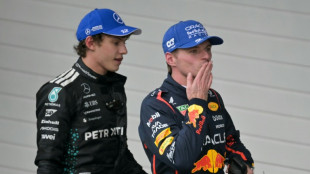 After storming Sao Paulo podium, 'proud' Verstappen aims to keep fighting
After storming Sao Paulo podium, 'proud' Verstappen aims to keep fighting
-
US flights could 'slow to a trickle' as shutdown bites: transport secretary
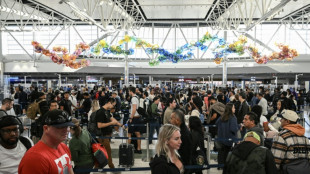
-
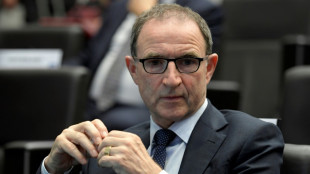 Celtic close on stumbling Scottish leaders Hearts
Celtic close on stumbling Scottish leaders Hearts
-
BBC chief resigns after row over Trump documentary
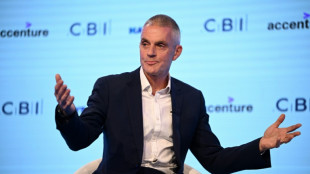
-
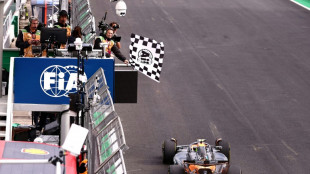 Norris extends title lead in Sao Paulo, Verstappen third from pit-lane
Norris extends title lead in Sao Paulo, Verstappen third from pit-lane
-
Norris wins in Sao Paulo to extend title lead over Piastri
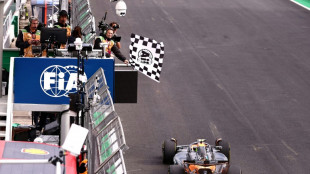
-
 Man City rout Liverpool to mark Guardiola milestone, Forest boost survival bid
Man City rout Liverpool to mark Guardiola milestone, Forest boost survival bid
-
Man City crush Liverpool to mark Guardiola's 1,000 match
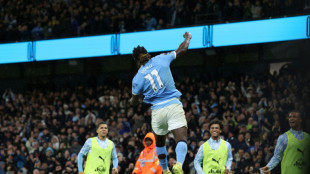
-
 Emegha fires Strasbourg past Lille in Ligue 1
Emegha fires Strasbourg past Lille in Ligue 1
-
Howe takes blame for Newcastle's travel sickness

-
 Pumas maul Wales as Tandy's first game in charge ends in defeat
Pumas maul Wales as Tandy's first game in charge ends in defeat
-
'Predator: Badlands' conquers N. American box office
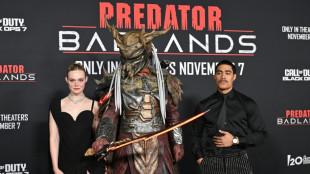
-
 Liga leaders Real Madrid drop points in Rayo draw
Liga leaders Real Madrid drop points in Rayo draw
-
'Killed on sight': Sudanese fleeing El-Fasher recall ethnic attacks
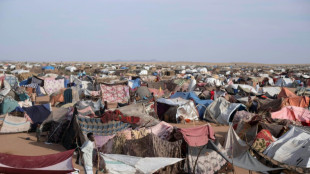
-
 Forest boost survival bid, Man City set for crucial Liverpool clash
Forest boost survival bid, Man City set for crucial Liverpool clash
-
US air travel could 'slow to a trickle' as shutdown bites: transport secretary
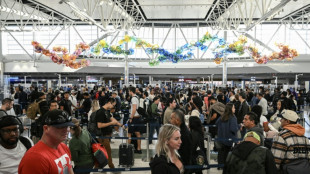

The mysterious Denisovans
Little is known of the mysterious Denisovans. These distant relatives of the Neanderthals roamed eastern and southern Eurasia but left little trace of their time on Earth.
"Hominin Denisova" was discovered by Swedish paleogeneticist Svante Paabo, the winner of this year's Nobel prize in medicine.
In 2012, Paabo and his team sequenced the DNA of a remarkably well-preserved fragment of bone, 40,000 years old, found four years earlier in the Denisova cave in southern Siberia.
The result was astounding -- they had come across an entirely novel hominin, distinct from Neanderthals and even more from Homo sapiens, aka modern humans.
The Denisovans shared a common ancestor with the Neanderthals until their populations diverged 380,000 to 470,000 years ago.
This was much later than the split between modern humans and Neanderthals/Denisovans, which occurred between 550,000 and 760,000 years ago.
In the same cave, paleontologists later discovered the fossil of a young girl who was part Neanderthal, part Denisovan, proving that these two archaic species interbred.
But while we know the Neanderthals disappeared around 40,000 years ago, we have little idea as to when our other closest evolutionary relative went extinct.
We don't know what the Denisovans looked like either as they left only rare fossilised traces of their time on Earth other than the fragments found in Siberia and a jawbone discovered on the Tibetan Plateau in 2019.
The work of Paabo and his team at the Max Planck Institute in Leipzig have nonetheless shed some light on our mysterious ancestor.
By comparing DNA sequences, they found a "gene flow" between both Denisovan and Neanderthals, and between Denisovans and modern humans.
In other words, before they went extinct, Denisovans also interbred with our species.
Up to six percent of Denisovan DNA is still found in present-day humans in Asia-Pacific and southeast Asia -- Australian Aborigines, Melanesians and the Negritos of the Philippines -- suggesting our far-distant relative roamed over a vast swathe of east and south Eurasia.
Neanderthals, by contrast, lived in western Eurasia.
Scientists believe the ancient ancestors of today's Melanesians interbred with Denisovans from southeast Asia, far from the frozen mountains of Siberia and Tibet.
Proof that the Denisovans had spread as far as the warm tropics of Asia was lacking until a missing link -- a child's tooth at least 130,000 years old -- was discovered in a cave in Laos in 2018.
One of the biggest remaining mysteries is why modern humans were so successful in their expansion and why the Denisovans and Neanderthals went extinct, after having adapted to a Eurasian environment for several hundred thousand years.
O.M.Souza--AMWN
